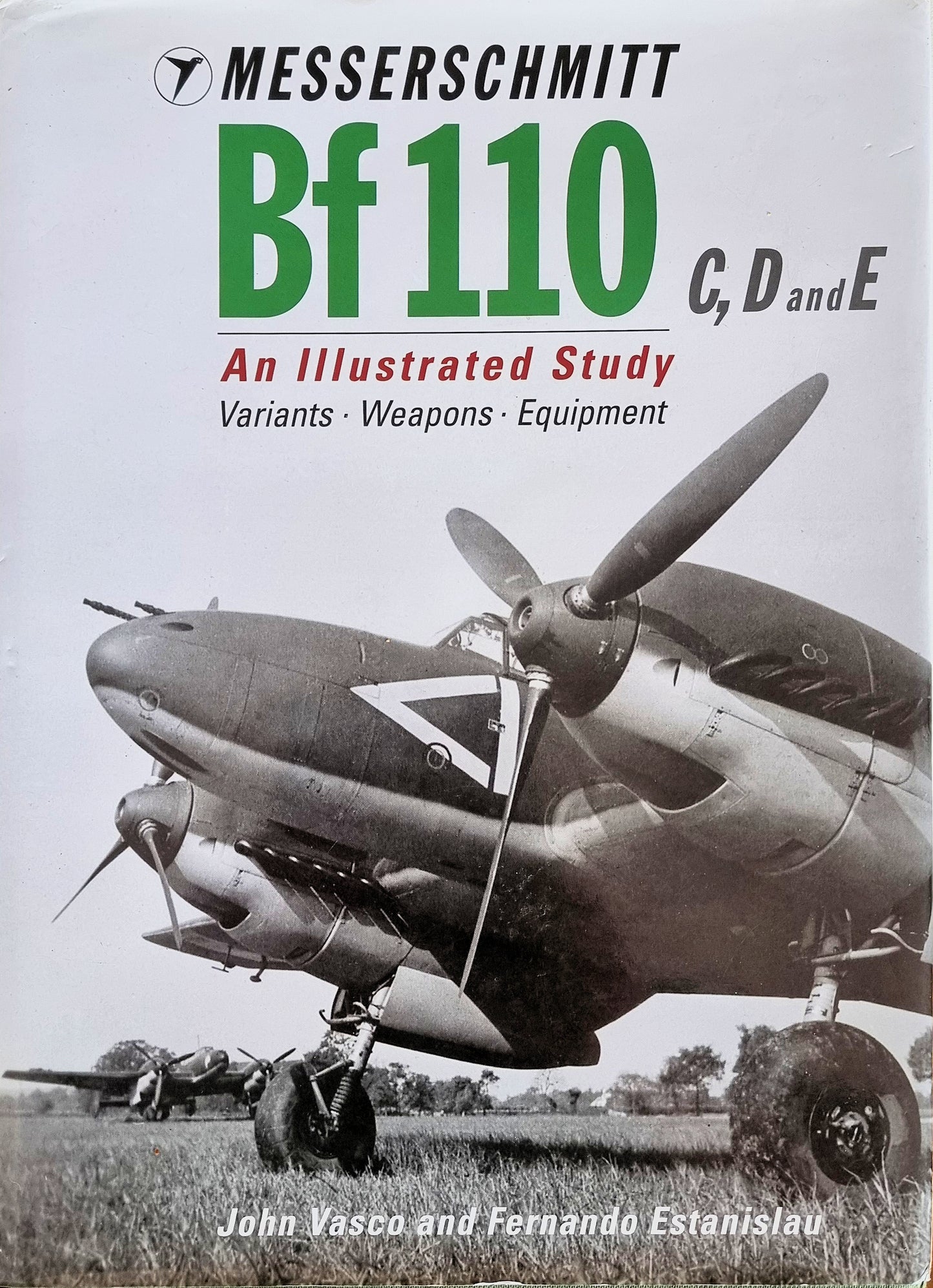Messerschmitt Bf110 B, C, D and E: An Illustrated Study - Variants, Weapons, Equipment Hardcover
Messerschmitt Bf110 B, C, D and E: An Illustrated Study - Variants, Weapons, Equipment Hardcover
Ian Allan
Couldn't load pickup availability
Messerschmitt Bf110 B, C, D and E: An Illustrated Study - Variants, Weapons, Equipment Hardcover
The Messerschmitt Bf 110 was the primary multi-role heavy fighter used by the Luftwaffe. Ten Luftwaffe Gruppen equipped it by the time Germany invaded Poland on September 1, 1939. At first, the Bf 110C was mainly used in the ground support role due to the limited opposition in the air. After the fall of Poland, the machine was not seen much until December 14, 1939, when it was encountered by a group of twelve Wellingtons over the Heligoland Bight.
Despite its drawbacks, production of the Bf 110s continued at a high rate, with no fewer than 6,150 being built by 1945, ranging from Bf 110As to Gs. As newer models became available, the early Bf 110Cs and Ds were transferred to the Middle East and Eastern Front. By the summer of 1941, the models had almost disappeared from the European theatre, although they were still being used extensively on the Russian front and in the Middle East.
Author John Vasco has researched a wealth of new material on the B, C, D, and E variants of this aircraft, including many previously unpublished photographs and high-quality artwork and color profiles. This detailed examination of the aircraft will be an invaluable work of reference to historians and modellers of the BF 110.


